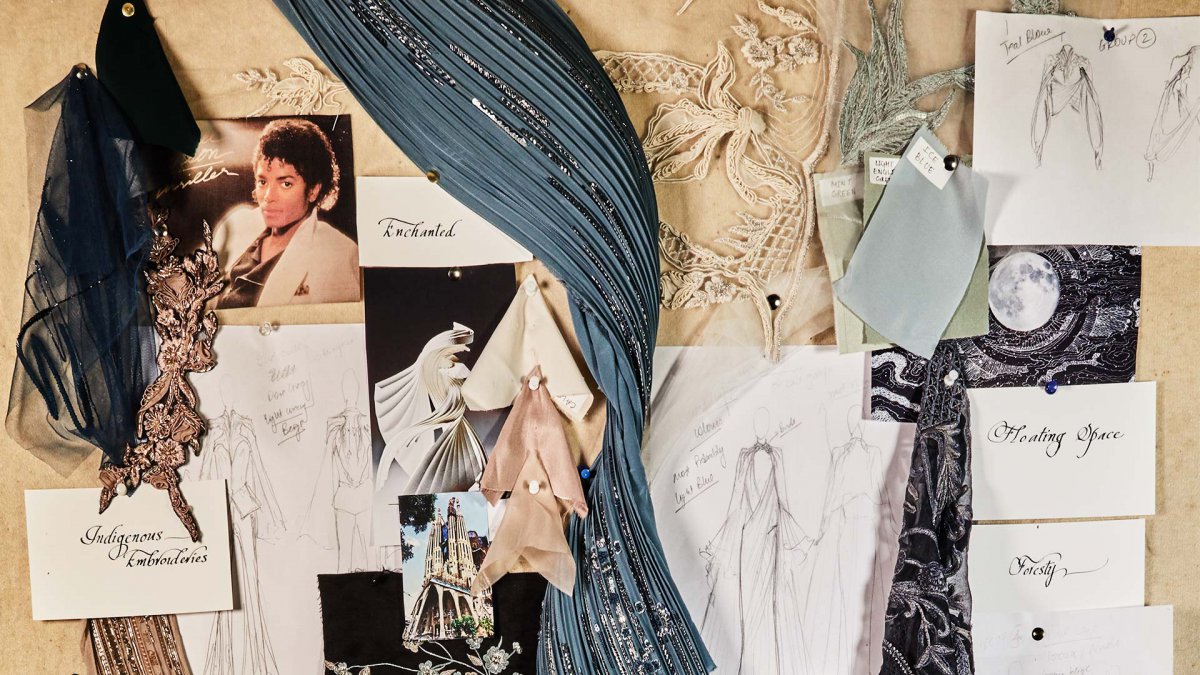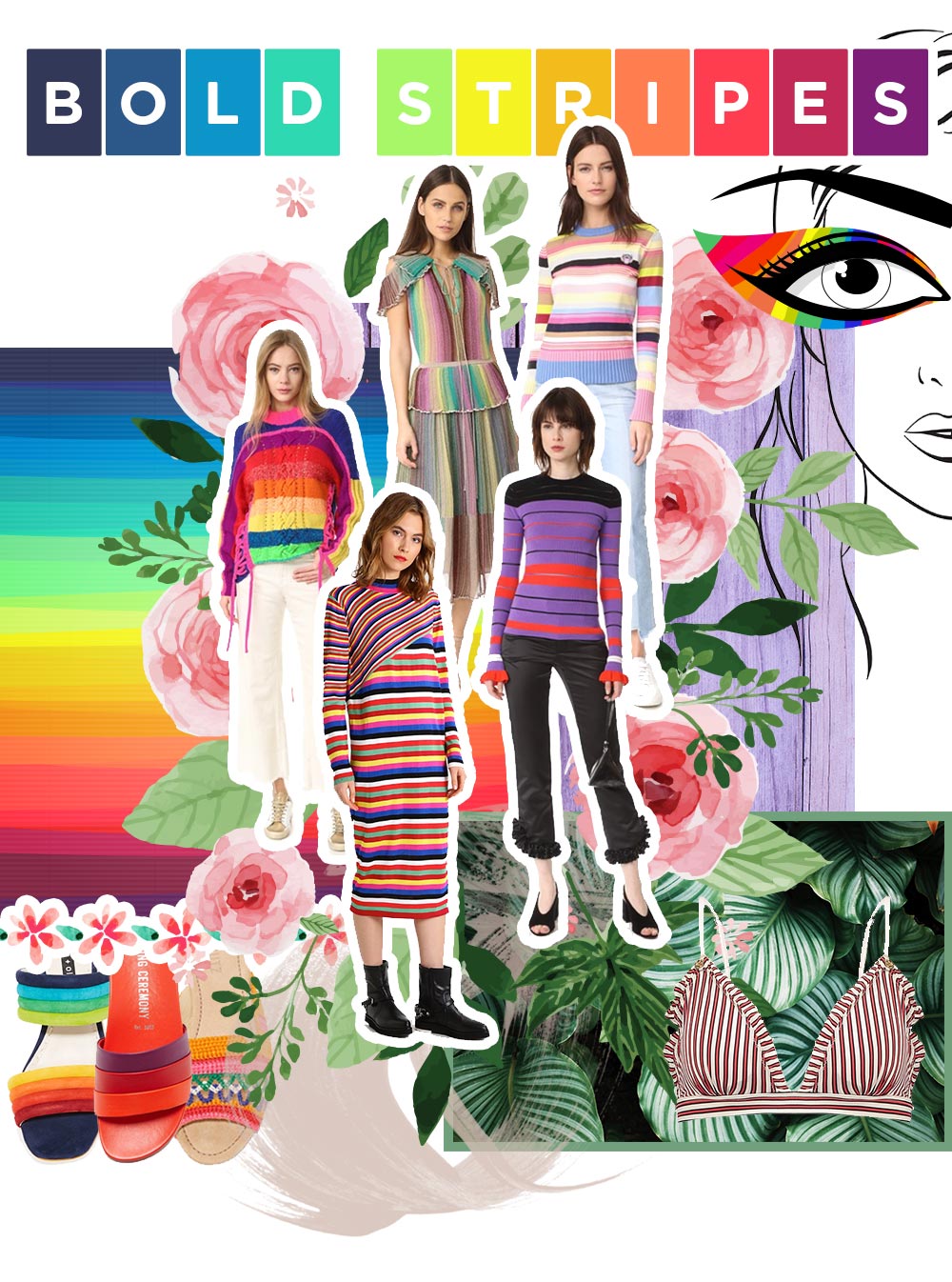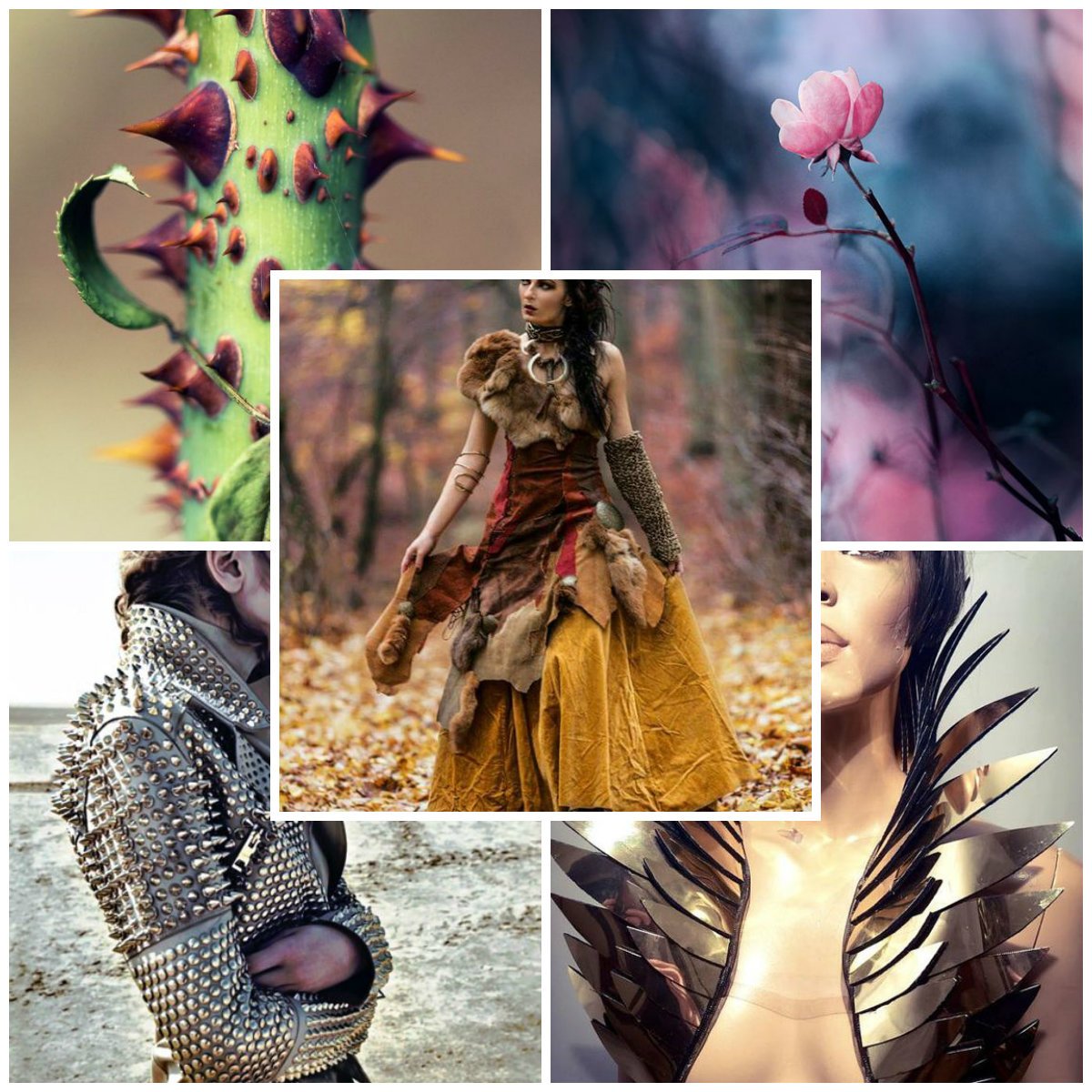
Creating a fashion mood board is an essential step in the creative process for fashion designers, stylists, and even fashion enthusiasts. It serves as a visual representation of ideas, inspirations, and concepts that help in transforming a vague vision into a concrete style. This article will delve into the world of fashion mood boards, their significance, and how to create one that speaks volumes about your unique sense of style.
What is a Fashion Mood Board?

A fashion mood board is a collage of images, colors, textures, and fabrics that evoke a particular theme, mood, or concept. It brings together various visual elements to convey a specific aesthetic or style. Fashion designers often use mood boards to communicate their ideas and inspirations to clients, team members, or collaborators.
The Significance of Fashion Mood Boards

1. Visualizing Ideas: Mood boards provide a platform to visualize and organize ideas. They help in translating abstract concepts into tangible visuals, making it easier to communicate and understand the overall vision.
2. Setting a Direction: Fashion mood boards serve as a compass, guiding designers towards a specific direction or theme. They help establish a cohesive style by focusing on particular colors, patterns, or textures.
3. Collaboration and Communication: When working in a team or with clients, mood boards facilitate effective communication. They act as a common visual language, ensuring everyone involved is on the same page.
4. Inspiring Creativity: Mood boards are a wellspring of inspiration. By curating images and textures, they ignite creativity and encourage new ideas. They serve as a starting point for designers to explore different possibilities and push their creative boundaries.
5. Refining and Editing: Fashion mood boards also play a crucial role in the editing process. They allow designers to assess the coherence and consistency of their ideas, making it easier to refine and finalize their concepts.
Creating Your Fashion Mood Board

1. Define Your Theme: Start by determining the theme or concept you want to portray through your fashion mood board. It could be a specific era, culture, or even a feeling.
2. Collect Visual Inspirations: Gather images, textures, and colors that align with your chosen theme. Look for inspiration in fashion magazines, online platforms, or even your own photographs.
3. Arrange and Organize: Begin arranging your chosen elements on a physical or digital platform. You can use a corkboard, poster board, or even digital tools like Canva or Pinterest.
4. Compose with Intention: Consider the placement of each visual element. Pay attention to the composition, balance, and overall aesthetic appeal. Experiment with different arrangements until you achieve a cohesive look.
5. Add Text and Context: Include captions or brief descriptions to provide context for each image. They can be keywords, fabric descriptions, or even short explanations of the inspiration behind a particular image.
6. Evaluate and Refine: Step back and evaluate your fashion mood board as a whole. Assess the coherence, consistency, and overall impact of the visuals. Make adjustments or substitutions if necessary.
7. Digitize Your Mood Board: If you created a physical mood board, consider digitizing it for easy sharing and accessibility. Take a high-quality photograph or scan it to create a digital version.
8. Share and Seek Feedback: Share your fashion mood board with peers, mentors, or clients to gather valuable feedback. Their insights can help you refine your ideas and strengthen your concept.
9. Keep Evolving: Remember that fashion mood boards are not static. As your ideas evolve, update and adapt your mood board accordingly. It should grow and transform along with your creative journey.
Meta Description:
Discover the significance of fashion mood boards in transforming inspiration into style. Learn how to create your own fashion mood board that speaks volumes about your unique sense of fashion.
Meta Keywords:
fashion mood board, creating mood boards, visualizing ideas, setting a direction, collaboration, creativity, refining concepts, fashion inspiration